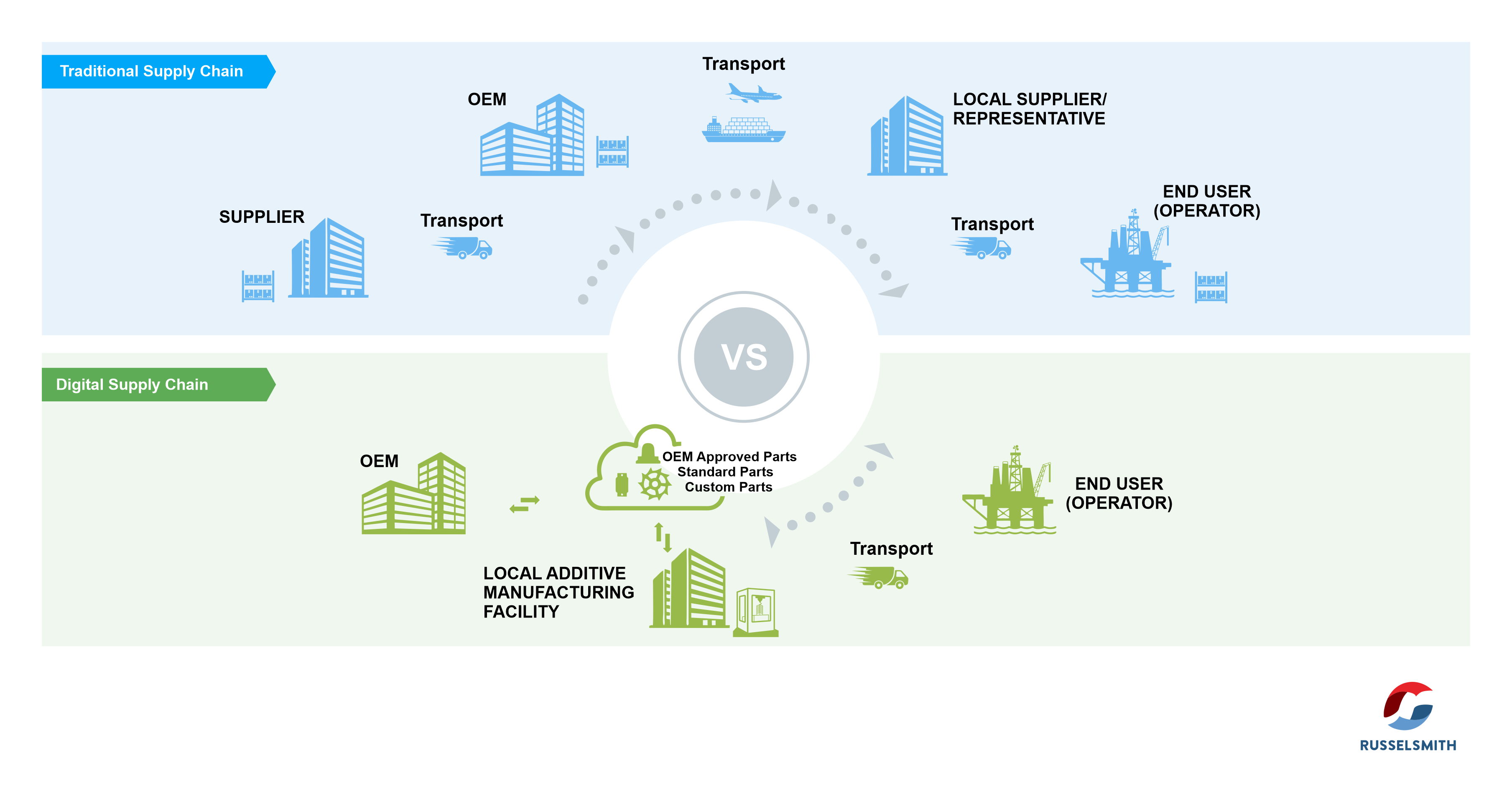In a world where sustainability has become a pressing concern,…
Phased Array Technology: Sectorial View
Overview of basic phased array technology theory
Devices using phased arrays are steadily becoming more important in the ultrasonic NDT field compared to when commercial ultrasonic instruments relied entirely on single element transducers that used piezoelectric crystal to generate and receive sound waves.
Phase shifting, or phasing, is in turn a way of controlling constructive and destructive interaction of waves by time-shifting wave fronts that originate from two or more sources. It can be used to bend, steer, or focus the energy of a wave front. Normally, A phased array system is centered around a specialized ultrasonic transducer that contains many individual elements (characteristically from 16 to 256) that can be pulsed separately in a programmed form.
Examples of phased array applications
Since phasing technology allows electronic beam shaping and steering, it is conceivable to generate a huge number of diverse ultrasonic beam profiles from a distinct probe assembly. The beam steering can be dynamically programmed to create electronic scans, thereby enabling the capabilities below;
- Software control of beam angle, focal distance, and beam spot size. These parameters can be scanned dynamically at each point of examination to improve incident angle and signal-to-noise for each part geometry.
- Inspection for multiple angles can be performed with a single, small, multi-element probe and wedge, presenting either single fixed angles or a scan through a range of angles.
- More flexibility for tests and inspection of complex geometries which part geometry limits access.
- Motionless high-speed scans from a single transducer point can be achieved by multiplexing across several elements. More than one scan may be performed from a single position with various inspection angles.
Specific benefits of latest battery operated portable phased array technology
Access to phased array tools that allows electronic setup, data processing, display and analysis all within a portable device opens the doors to more widespread use across the industrial sector and in turn drives the ability to specify standard phased array probes for common applications.
Transitioning from analog designs that needed power and space in generating the various channel and delay configurations necessary for beam steering, into the digital world, allowed for more rapid development of the next generation phased array equipment.
In addition, the availability of low power electronic constituents, better power saving designs and industry-wide use of surface mount board design led to miniaturization of this advanced technology. This, coupled with embedded processors, allowed development of battery operated transportable phased array equipment.
Benefits of phased array
The ability of phased array technology to use multiple elements to steer, focus and scan beams with a single transducer assembly gives it a great advantage over conventional UT applications.
Sectorial scanning, usually referred to as beam steering, can be used for mapping components at appropriate angles so as to ease inspection of components with complex geometry.
Inspection of components in conditions where there is limited access is aided by the small footprints of the transducer.
Sectorial scanning is also used for weld inspection. A.B.C scan view can be used for corrosion mapping.
This Post Has One Comment
Comments are closed.



It’s interesting that sectorial scanning can be used for mapping things at the right angle. I do not know much about this, but it sounds really intense. I would love to learn more and figure out what the benefits of this method are.